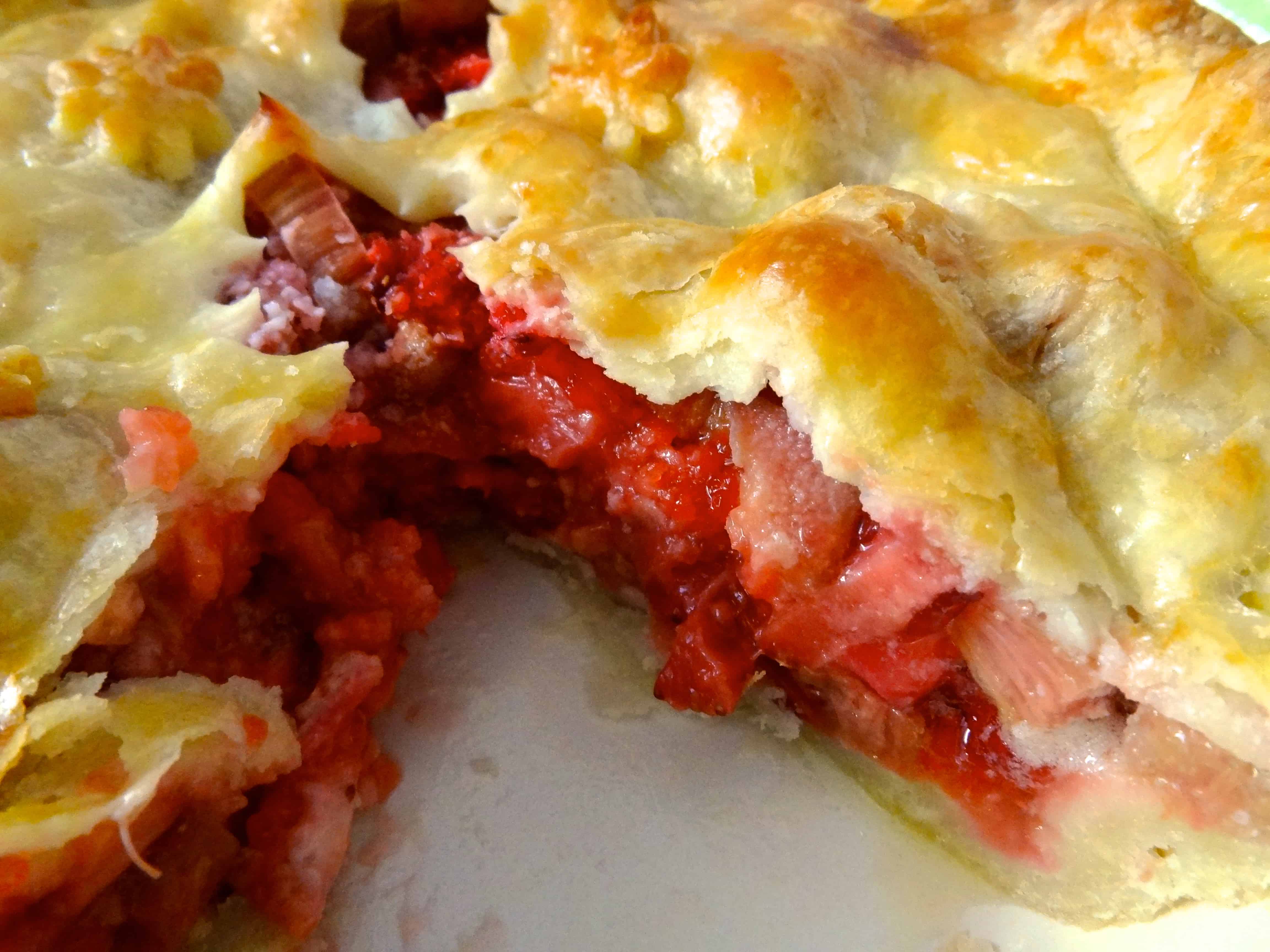
I was afraid of this thing called “rhubarb” for so long. I really couldn’t articulate any specific reason, other than that lame excuse of being afraid to try something new and unfamiliar. Then, at a tiny café near Yosemite recently, I tried Strawberry-Rhubarb Pie on a whim. What on earth had I been waiting for?? How unfortunate that I had deprived myself of this bizarre, reddish, celery-looking specimen until now! While that particular pie slice was not impressive in and of itself, it sparked an obsession avid curiosity about rhubarb, so naturally I had to investigate immediately– I could tell that those stalks held vast potential. And in my typical fashion, when I discover something new, I have to learn EVERYTHING about it, like, yesterday…
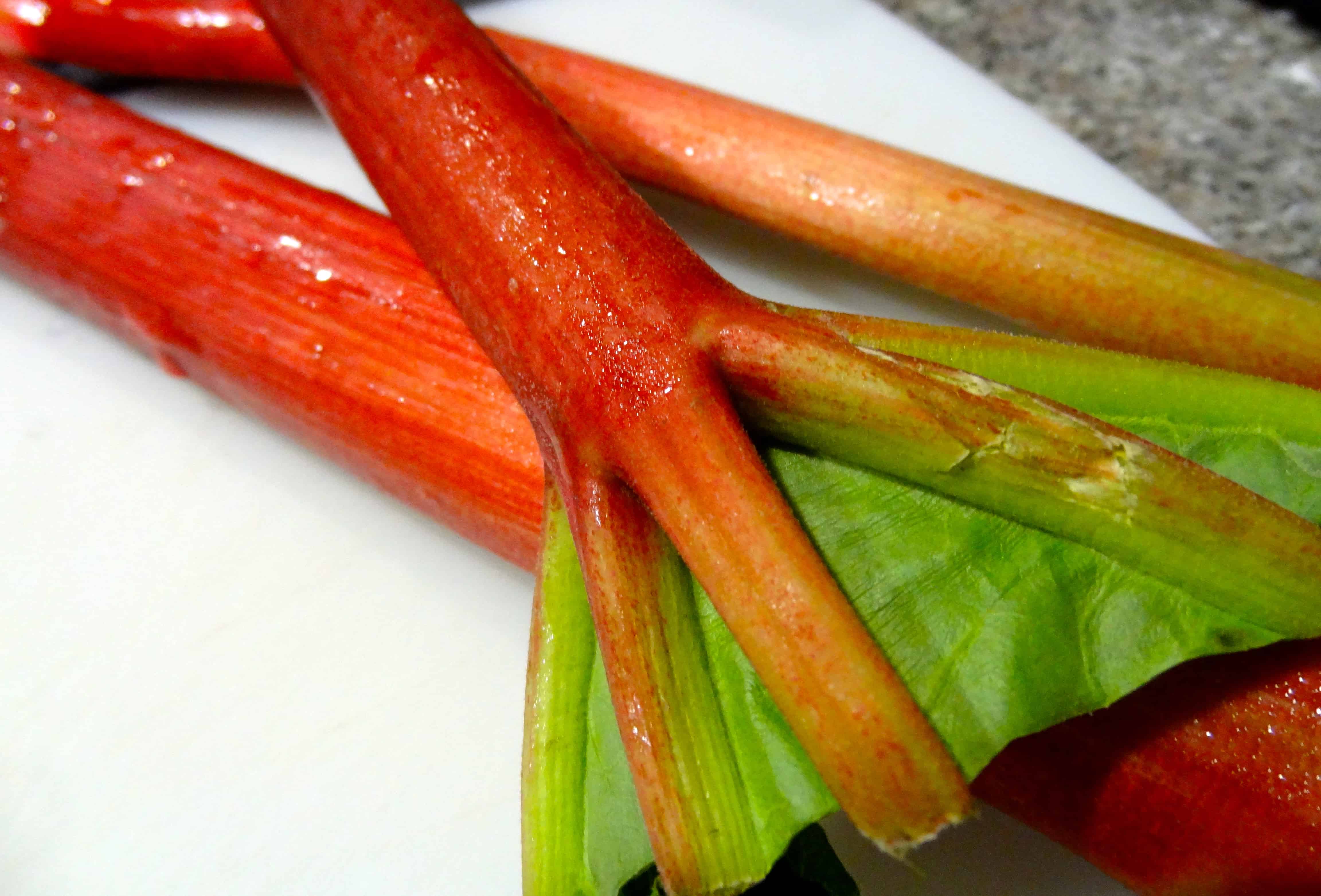
So, what is rhubarb, exactly– fruit? vegetable? celery cousin? Sort of, yes, and maybe. Glad I could clear that up for you. 😉 But seriously, it appears to be technically a vegetable, but since it is mostly deployed as a fruit in this country, it was classified in the 1940s as a fruit. (I guess this is similar to the tomato being considered more of a vegetable, despite actually being a fruit.) I’m a little unclear as to whether or not it’s actually related to celery (Google research proved to be inconclusive– gasp!), but at best, they are very distant relatives. In other words, it is not red celery! Raw rhubarb is exceedingly tart, though it plays soooo nicely when cooked with sugar and sweet fruits, such as strawberries, pears, and peaches. The fruits all meld together into a complex sweet n’ sour situation that I need more of in my life.
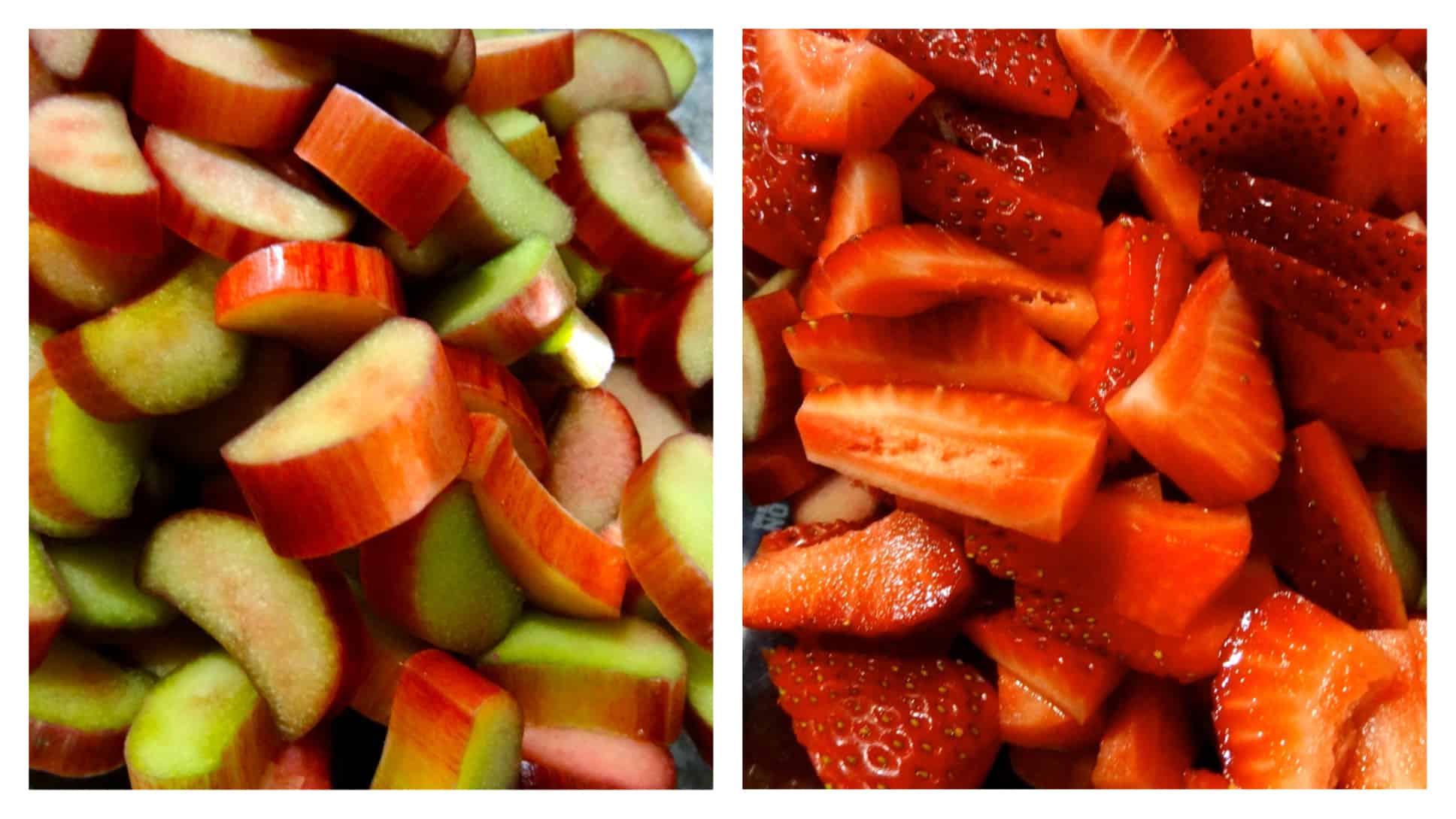
I’m really not sure where my unfounded rhubarb misgivings originated, but for some reason I had the idea that rhubarb is very rare, difficult to find, and probably expensive; I figured that Whole Foods would have it, but the best place to locate the jewel-colored treasure would most likely be the farmers’ market– I was so excited to fulfill my mission of acquiring this novel ingredient for my pie! However, there was only one vendor selling it at my local farmers’ market that week (further fueling my misguided notions), and it cost a whopping… $8 per pound. I hemmed and hawed about whether this was reasonable, as I needed 1 ½ pounds for the pie– it sure seemed like an awful lot to pay. But, I decided to go for it, since I was really excited to try something new… and I didn’t know any better.
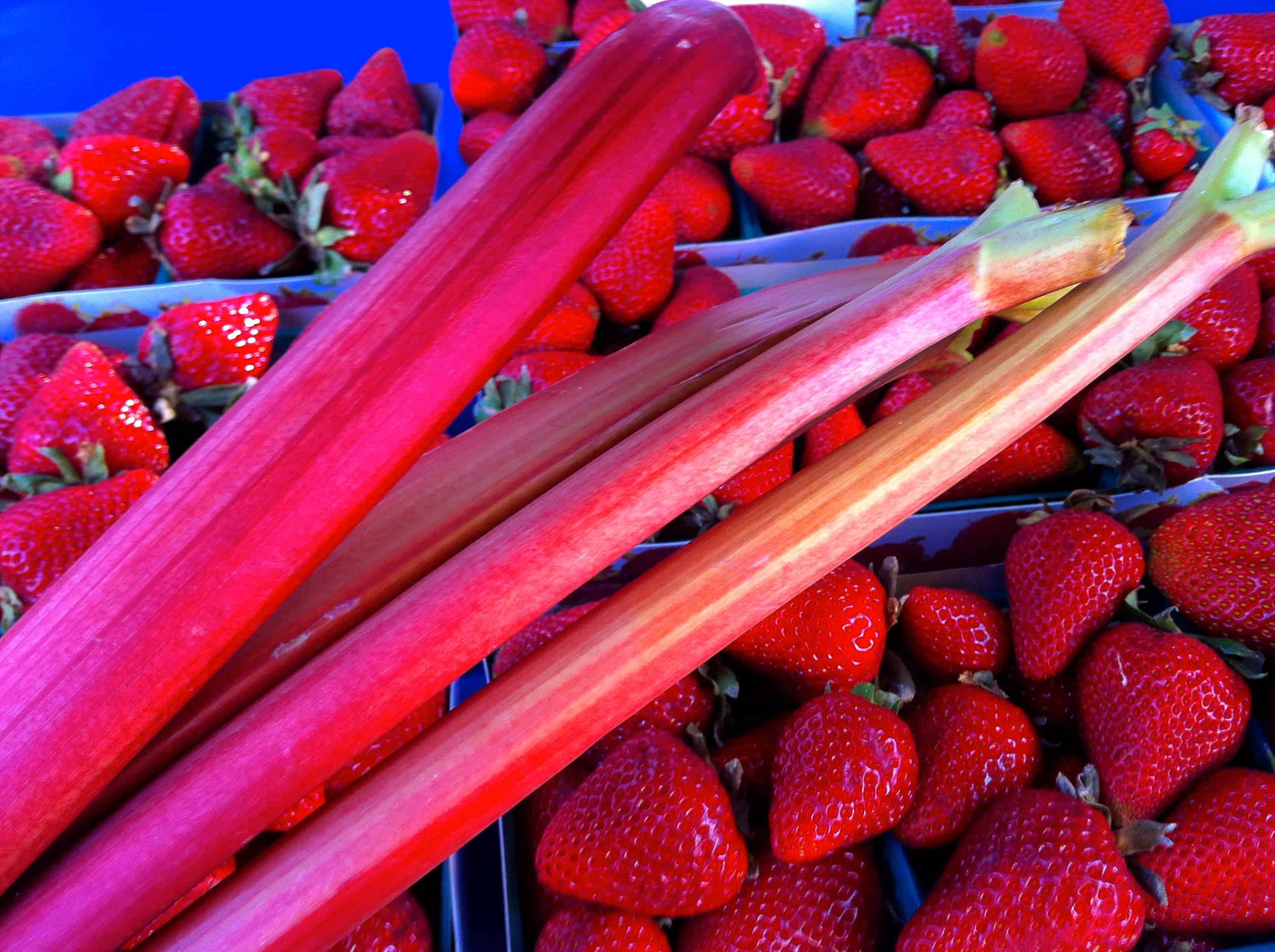
I then had to stop at my local supermarket for some other items, and I realized that it hadn’t even occurred to me to check there for rhubarb, since I generally buy my produce elsewhere. I rolled by the produce section just for kicks… and my heart sank. A pound of rhubarb cost a mere $2.99– less than half of what I paid at the farmers’ market. And it even looked prettier, with a deeper crimson shade than the pinkish, green-streaked stalks that I had bought earlier. I felt like a total sucker– what had I been thinking to spend so much money?! I was determined for this little pie experiment of mine to go exceptionally well, so that my investment wouldn’t be in vain.
But I felt much better later, when, while discussing my agricultural plight, I was reminded that the rhubarb being peddled at Safeway is likely to be greenhouse-grown, mass-produced, Monsanto-sponsored shlock– SO TRUE. Despite shelling out a fortune, I’m much happier to support a local farmer than the Evil Empire. I also learned later that in-season rhubarb really does have a somewhat short harvest season; it can be grown pretty much year-round by manipulating light and temperature of the growing environment, and these artificially prodded stalks are typically a darker shade of red… like the ones at Safeway, thank you very much. So, I felt a lot better about my somewhat frivolous purchase in light of this, but I still wanted this recipe to go well on the first try. No pressure. 😉
P.S. I then happened to see *field-grown* rhubarb at a small, family-owned produce market for… $1.99 per pound. ::headdesk::
P.P.S. Oh yeah, there are also strawberries in this pie. I’ve been gushing about rhubarb and neglected to discuss the merits of those bright-red, juicy gems of summer!
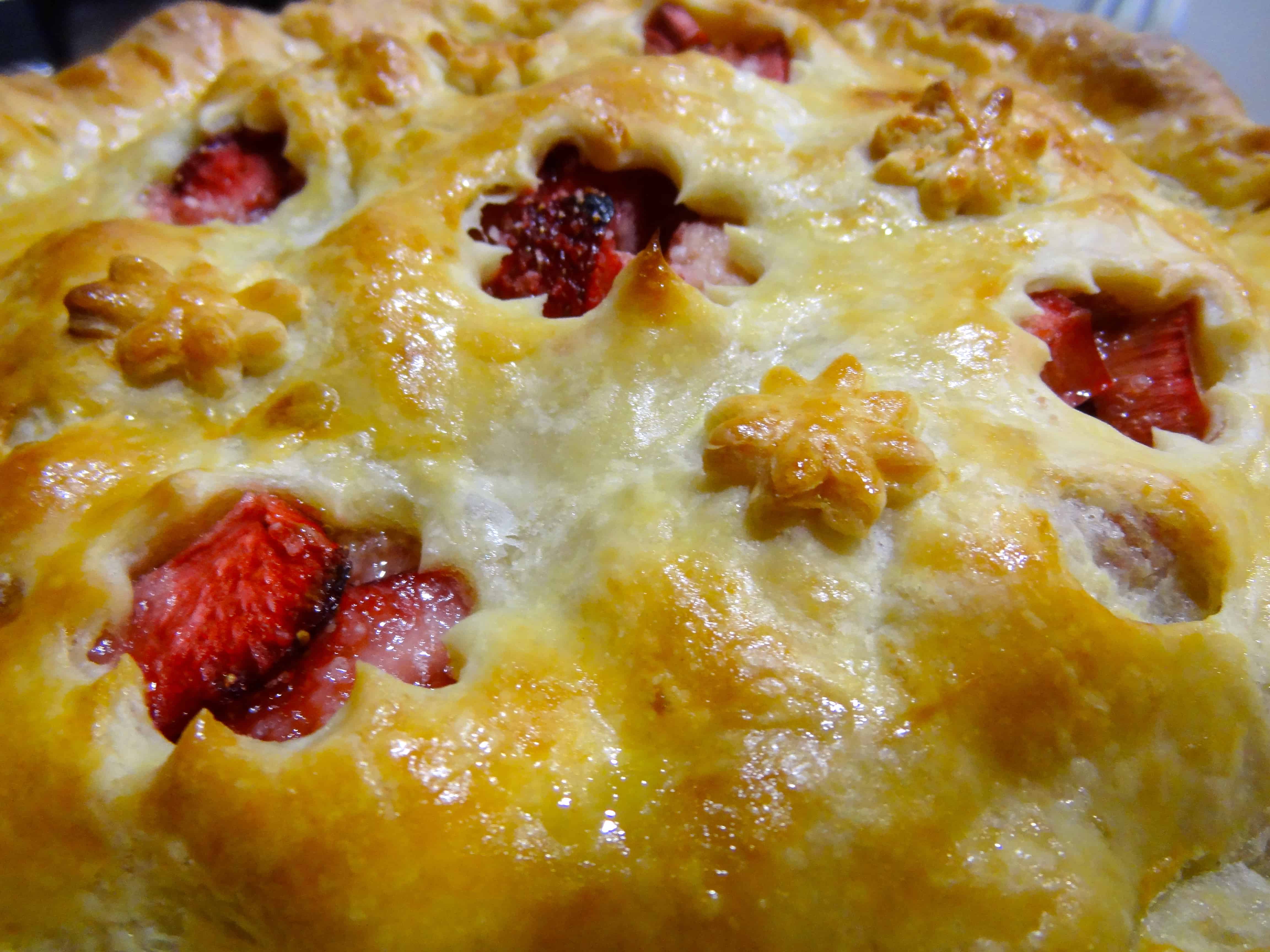
Strawberry-Rhubarb Pie
Adapted from Smitten Kitchen
Yields 1 9-inch pie
Strawberry-Rhubarb Pie is apparently notorious for spilling out its juices once you cut into it, but in this recipe, quick-cooking tapioca replaces the more typical cornstarch as a thickener. Although I had some visible tapioca granules, I detected no odd flavor, and the pie filling did, in fact, hold together quite well. The sweet and tart flavors of the strawberry and rhubarb, respectively, really shine here, as they are not masked by a great quantity of added sugar. And the crust– oh, that flaky crust. I always think pie crust is going to be fussy, and well, it isn’t. Deb Perelman’s all-butter crust is super tasty and perfectly flaky and tender. You need this pie. Seriously.
- 1 recipe Super Flaky All-Butter Pie Crust or double-crust pie dough of your choice
- 3 ½ cups rhubarb (about 1 ½ pounds, untrimmed), cut into ½-inch-thick slices
- 3 ½ cups strawberries (about 1 pound), hulled and sliced if large, halved if very small
- ½ cup granulated sugar
- ¼ cup light brown sugar
- 1 tablespoon fresh lemon juice
- ½ teaspoon kosher salt
- ¼ cup quick-cooking tapioca
- 2 tablespoons unsalted butter, cut into small pieces
- 1 large egg yolk
- 1 teaspoon water
Preheat an oven to 400°F with a rack in the center position. Take out a rimmed baking sheet and set aside.
Generously flour your work surface and rolling pin. Take one disk of pie dough out of the fridge. Roll it out into a 12-inch circle; the dough should be very elastic and easy to handle, though it will get sticky without ample flour. Carefully transfer it to a 9-inch pie plate. (You can do this more easily by either gently folding the dough into quarters and unfolding it in the pie plate, or draping it over your rolling pin and settling it into the dish.) See Smitten Kitchen‘s great blog post about rolling and crimping dough for a very detailed discussion.

Press the dough gently into the bottom and sides of the pie plate; there should be about an inch or so hanging over the lip of the plate. Put the dish in the freezer for about for 5-10 minutes to re-chill. (It is essential for the dough to stay as cold as possible while assembling the pie to achieve optimal flakiness.)
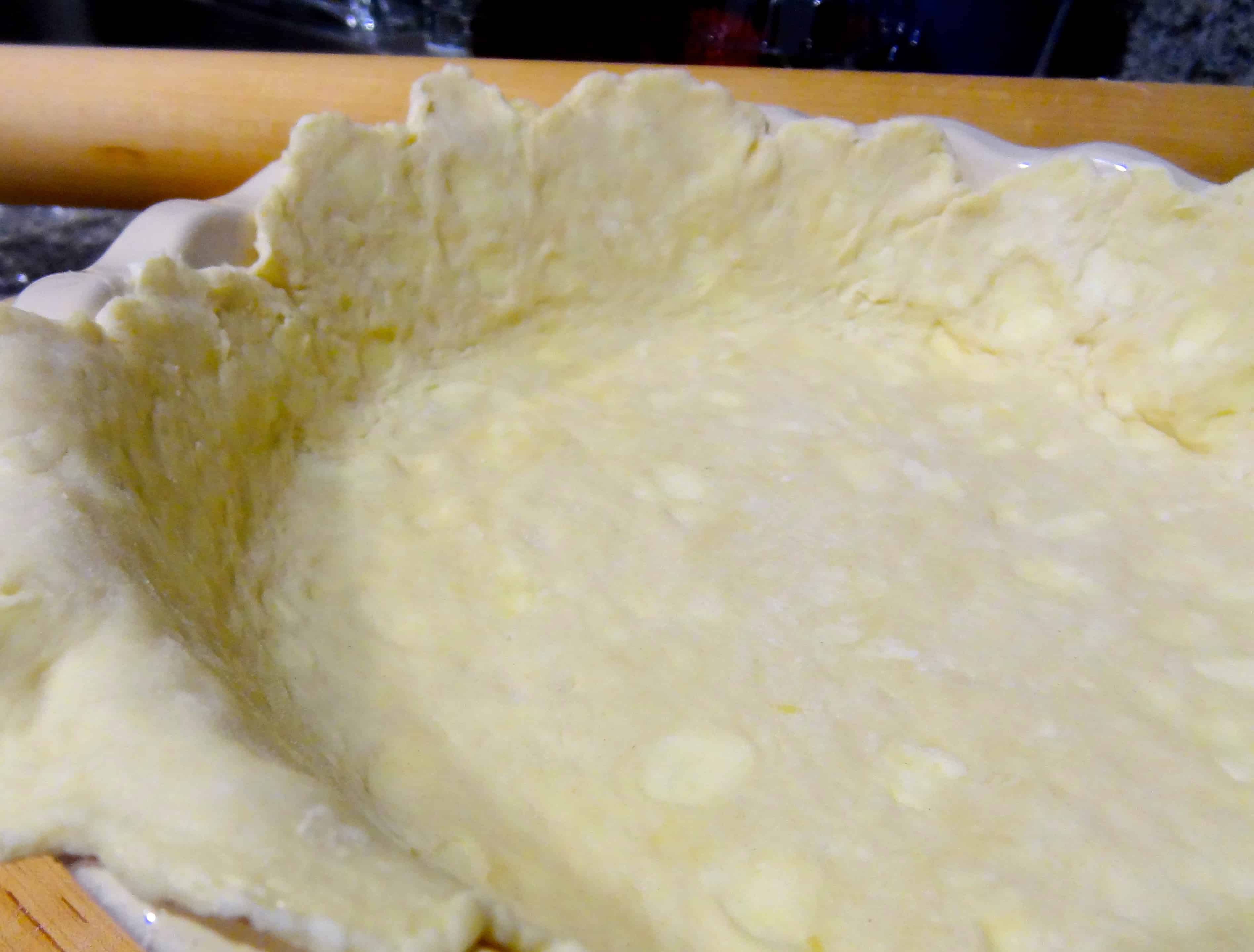
(In looking at my photo, you may think that my understanding of the word ‘circle’ is a little confused; pay no attention to my shoddy dough-rolling skills! I’m sure yours will be a beautiful disk, hanging evenly over the pie dish. However, if you happen to have an uneven roll-out like mine, press it into the plate as best you can– don’t be afraid to patch spots where the dough doesn’t reach high enough up the sides. Such “corrections” won’t be visible once the pie crust is filled and covered.)
In a large mixing bowl, combine the rhubarb, strawberries, white and brown sugars, lemon juice, salt, and tapioca; stir together gently with a wooden spoon or rubber spatula.
Retrieve the pie dish from the freezer and pour the filling into the bottom pie crust in a large mound. Dot the top of the pile evenly with the small butter bits. Place the dish in the fridge and take out the second pie dough disk.
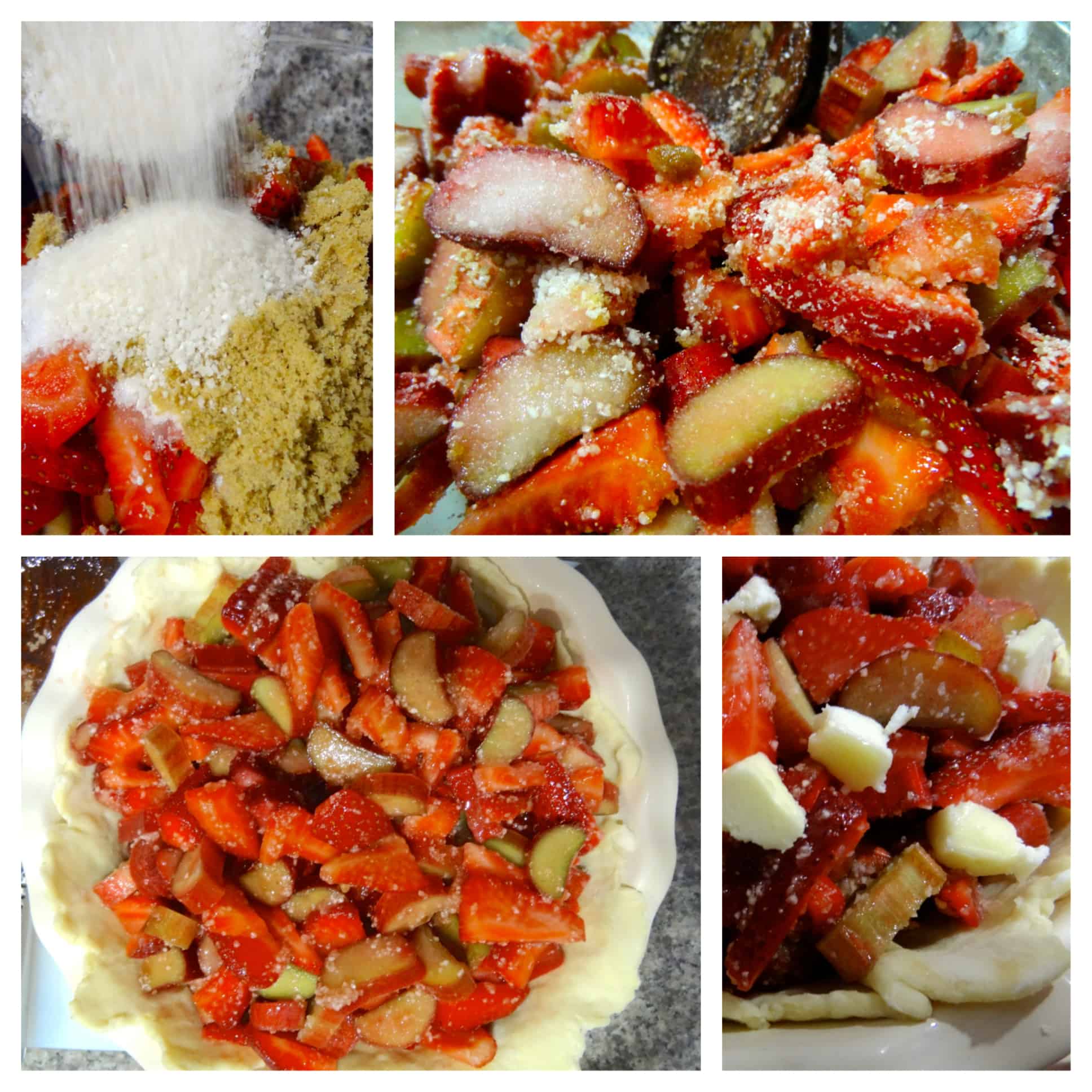
Roll out the top crust into an 11-inch circle and cut decorative shapes or slits in it to vent steam while baking. (Or if you want to do it up really special, cut the dough into 1-inch strips with a pastry wheel for a lattice top!) Remove the pie dish from the fridge and gently cover the fruit mound with the rolled-out dough. Trim the overhanging pie crusts to ½-inch beyond the lip of the plate. Tuck the rim of dough underneath itself and crimp it in a decorative pattern with your fingers. Top with any decorative cutouts that you may have prepared from dough scraps.
I would recommend one more 10-minute stint in the fridge to re-chill that top crust that you just worked. In the meantime, beat the egg yolk with the water to make an eggwash– this will ensure a shiny, golden surface on your gloriously flaky pie crust!
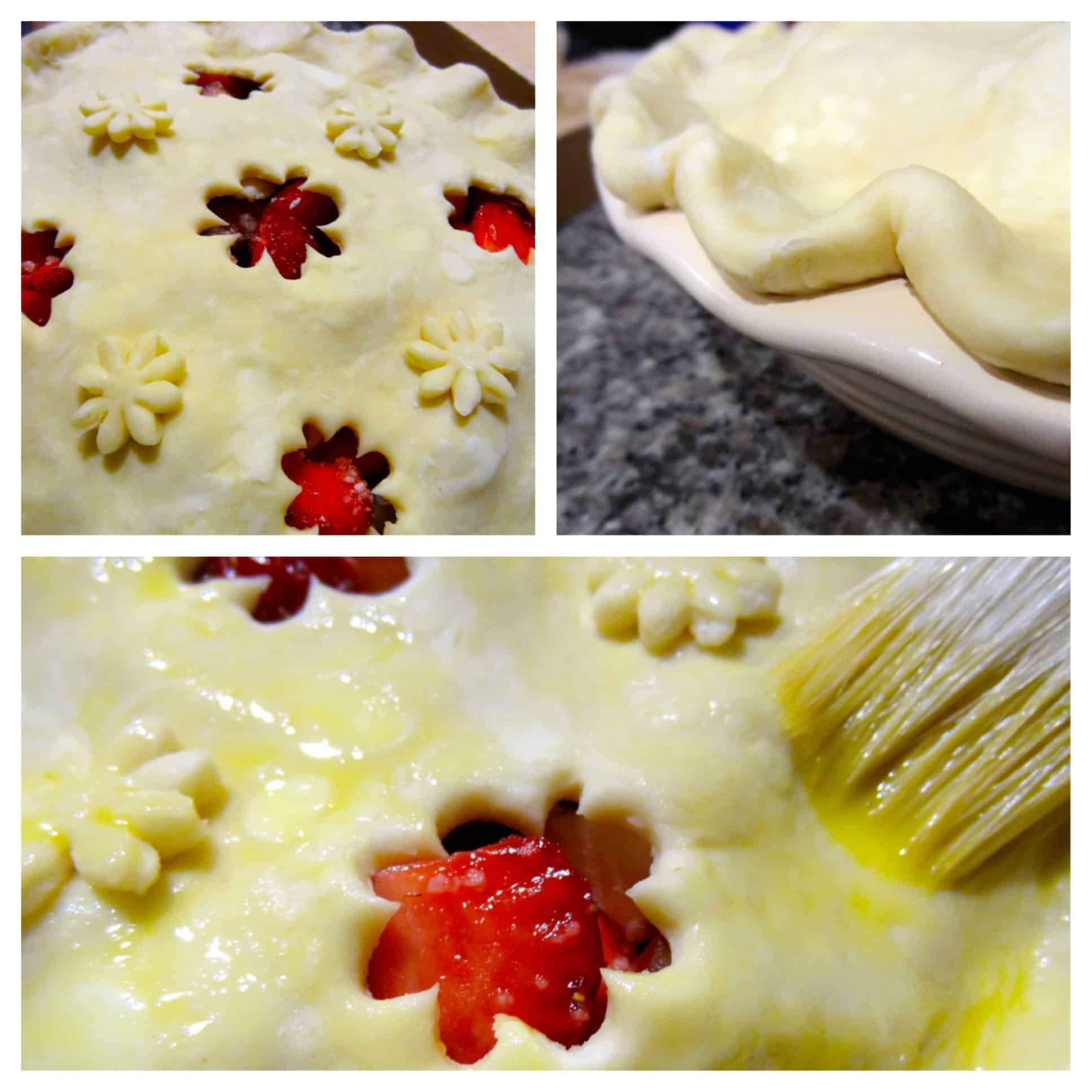
Place the pie dish on the baking sheet that you set aside at the beginning. Brush the eggwash evenly over the top crust. Bake for 20 minutes at 400°F, then reduce the oven temperature to 350°F and bake for another 25-30 minutes, until the pie is golden and the juices are bubbling. (I took it as a sign of doneness when the juices started to overflow their dough bank in a few spots.)
Transfer the pie plate to a wire rack to cool. When the pie has cooled completely (several hours later), the juices will have gelled into gooey, pie filling goodness!
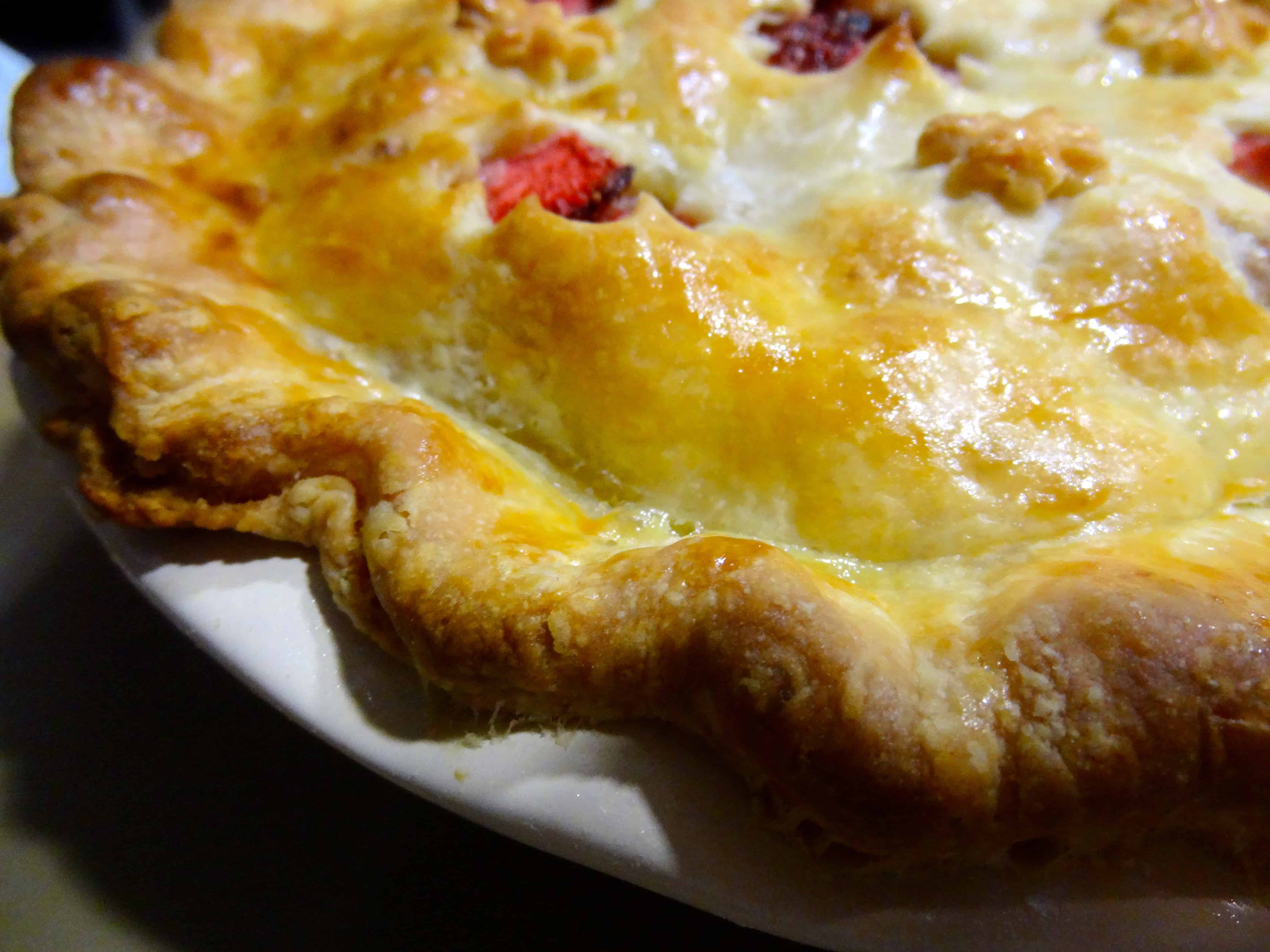
Make ahead: The pie can be made up to 3 days ahead and stored, tightly covered, at room temperature. (I kinda wonder if it should go in the fridge, but who am I to question the wisdom of Smitten Kitchen?)
Hopefully you will find this Strawberry-Rhubarb Pie hearty with its chunks of filling, yet bright with its cheerful sweet and sour fruit flavors, all nestled between that wonderfully flaky, buttery pie crust. It’s not the prettiest pie on the inside, but that will surely be of little import whilst you are shoveling it into your… piehole. (Sorry, I had to.) 😉
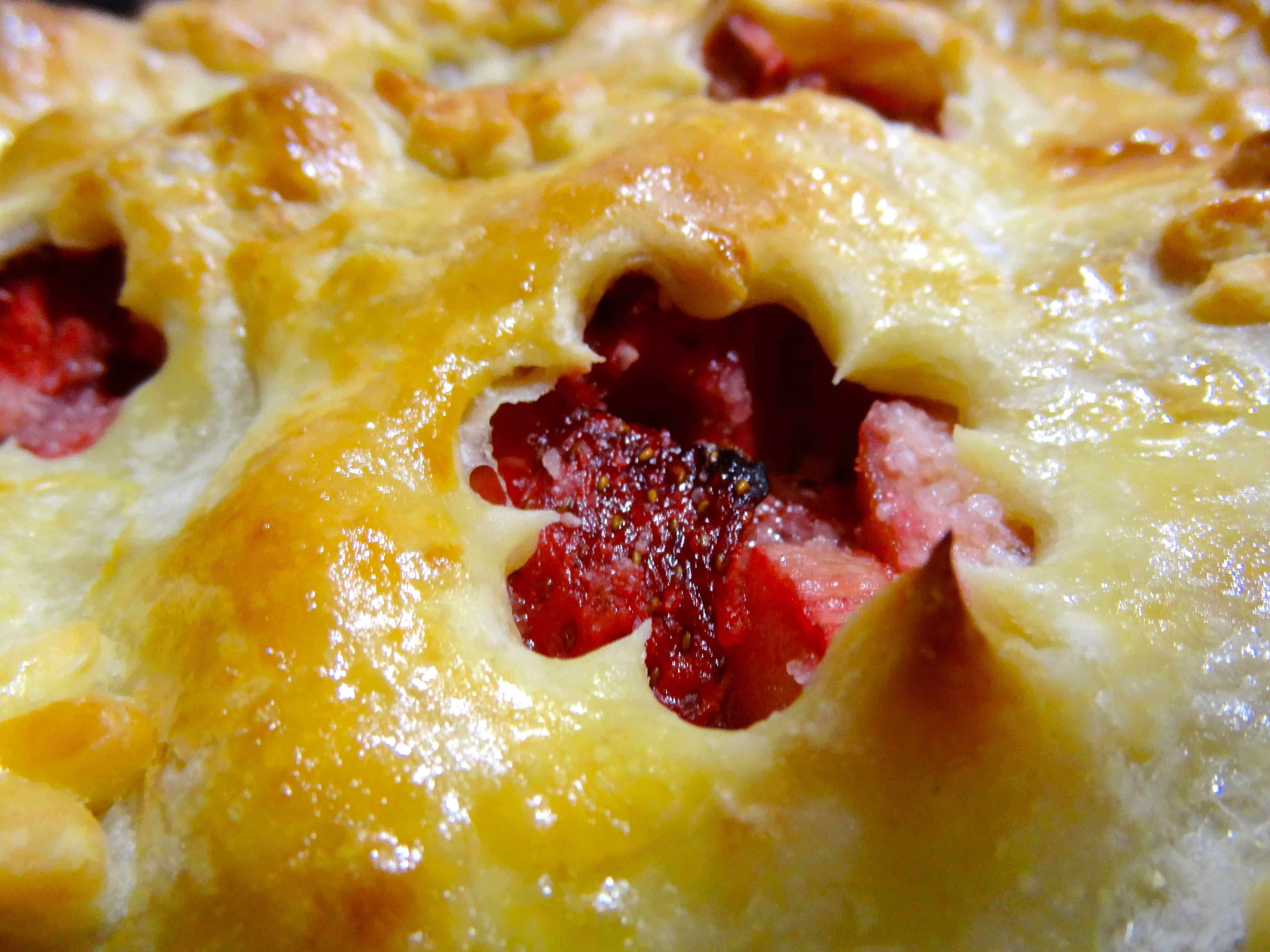
© Dafna Adler & Stellina Sweets, 2013.




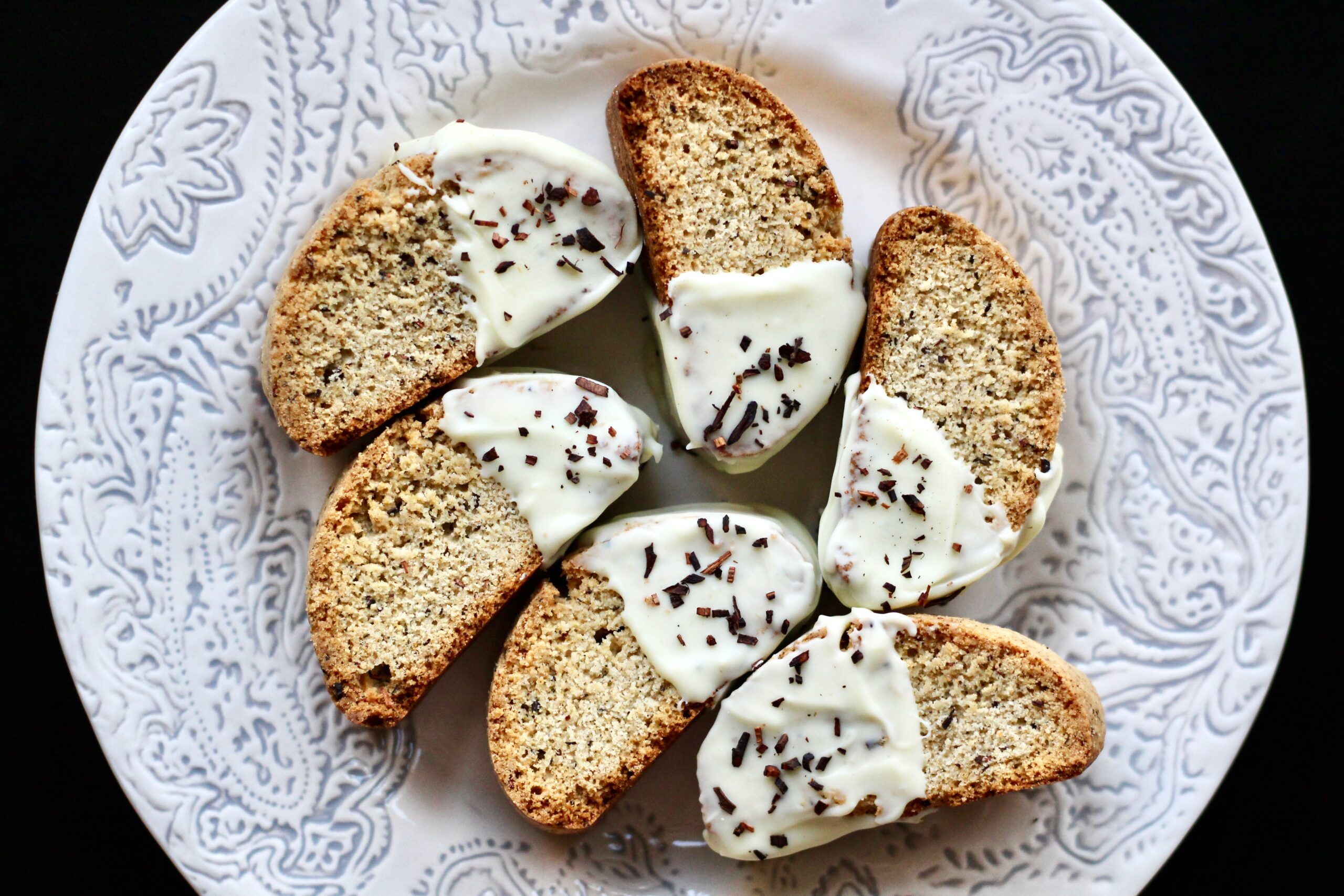
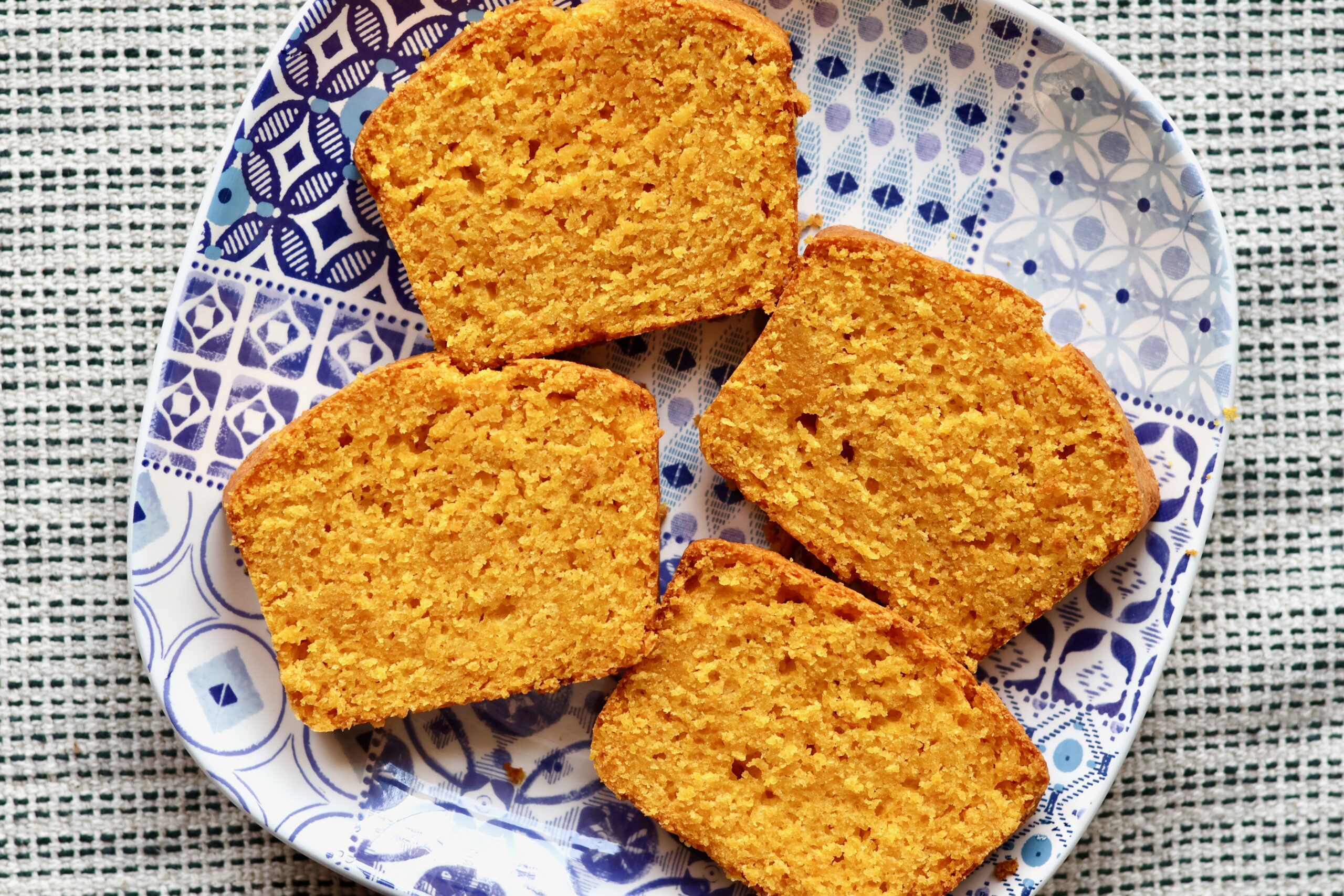
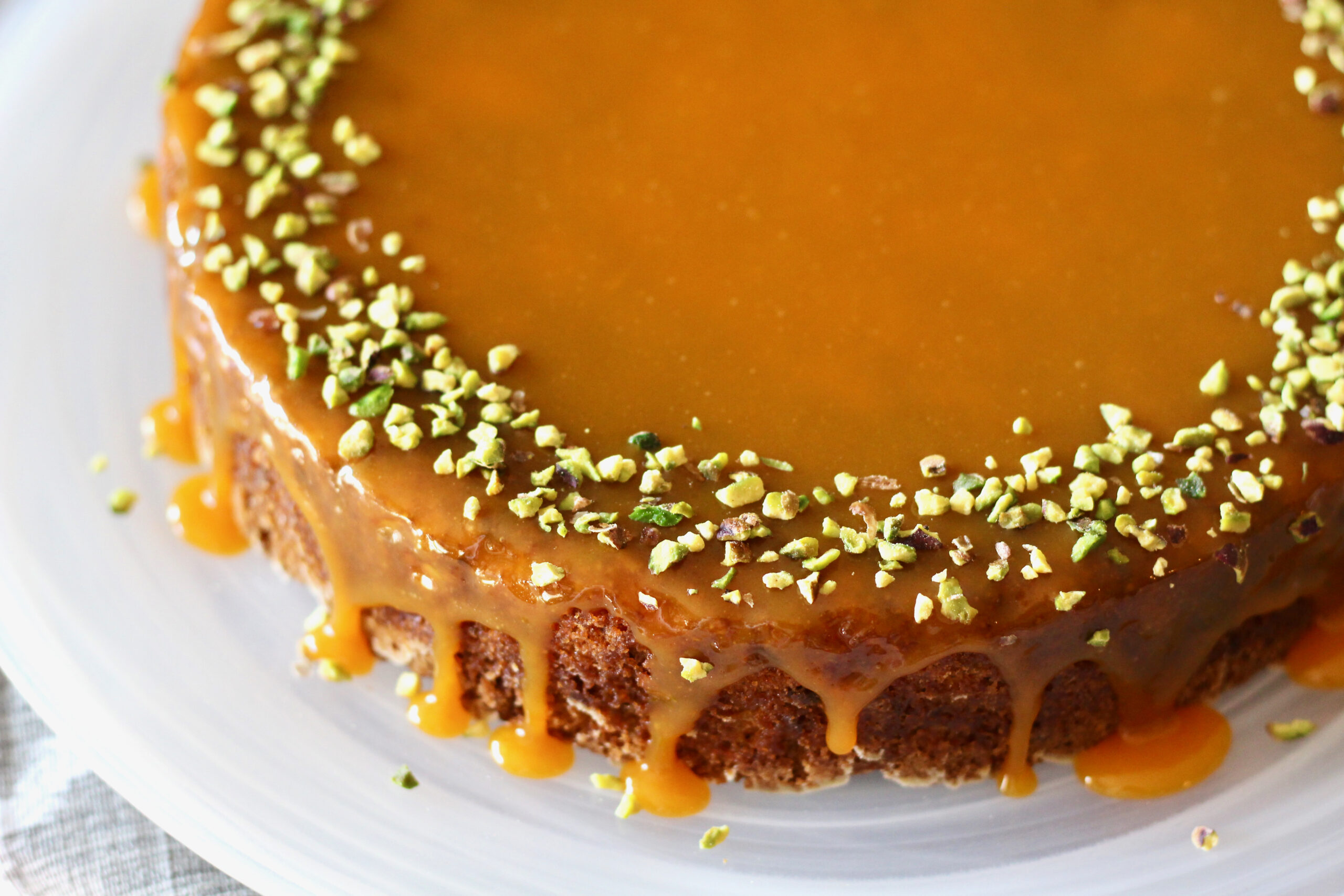
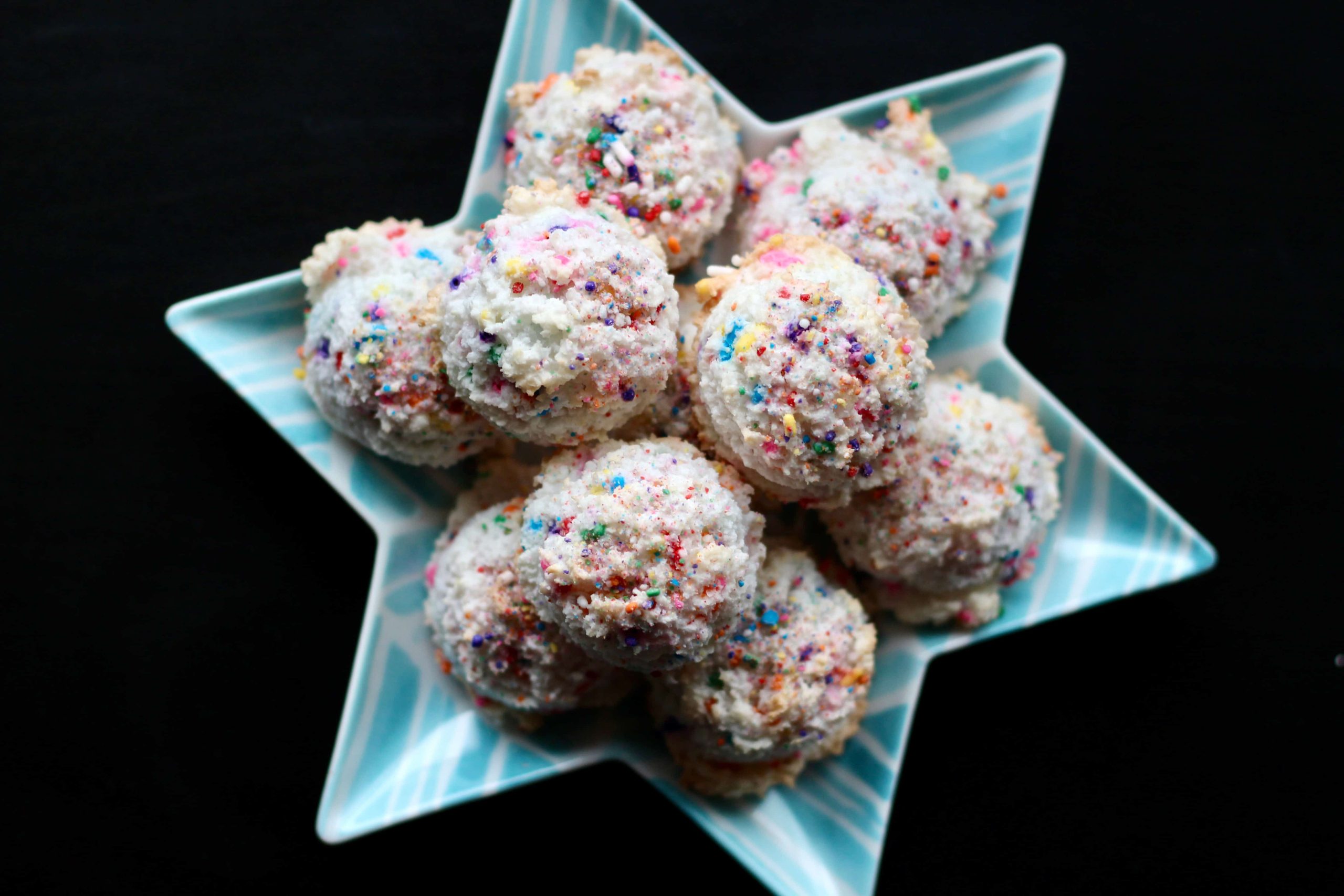
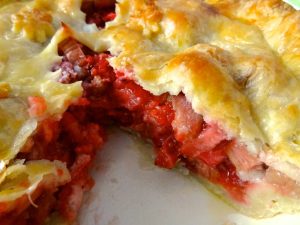

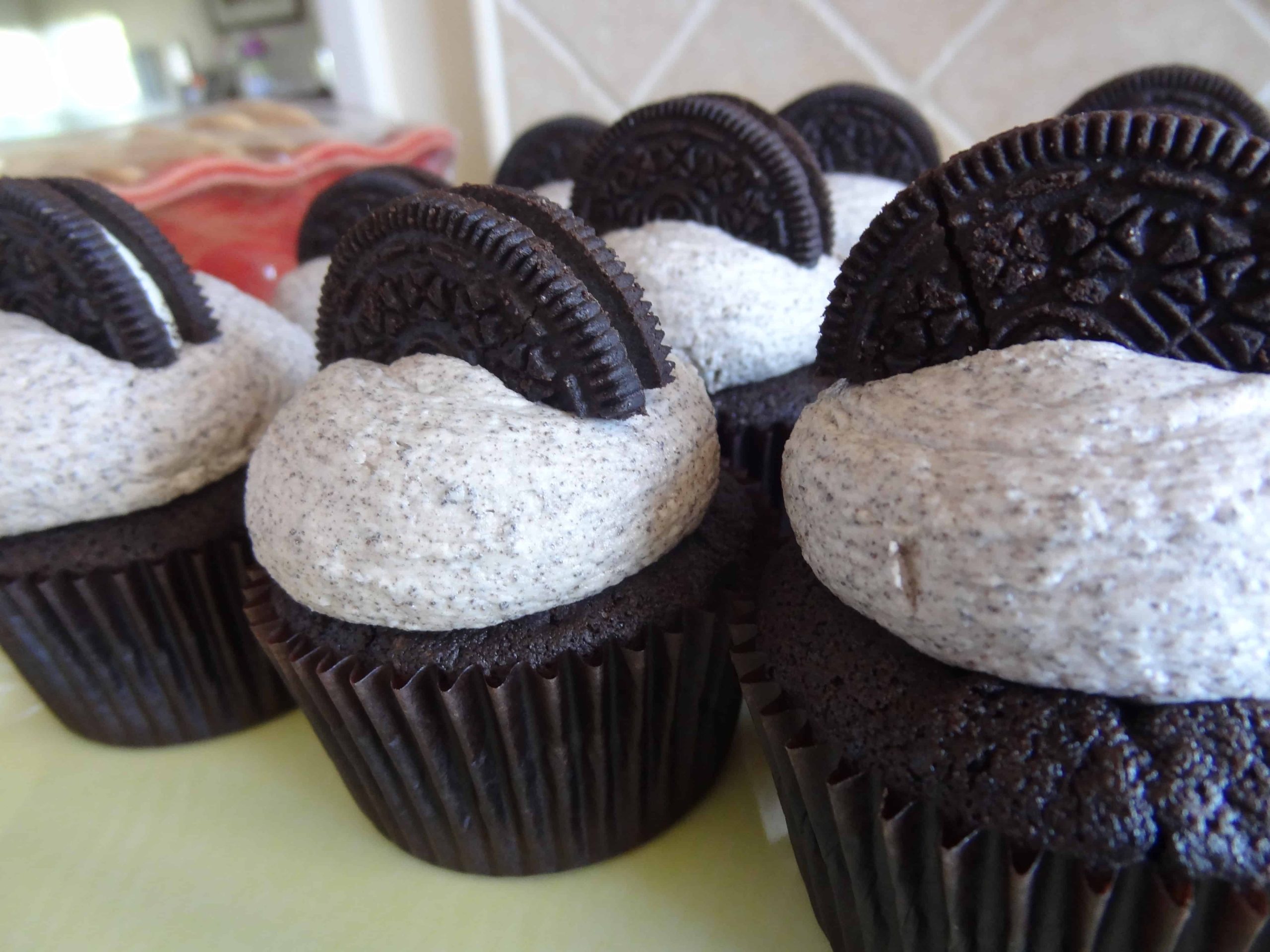

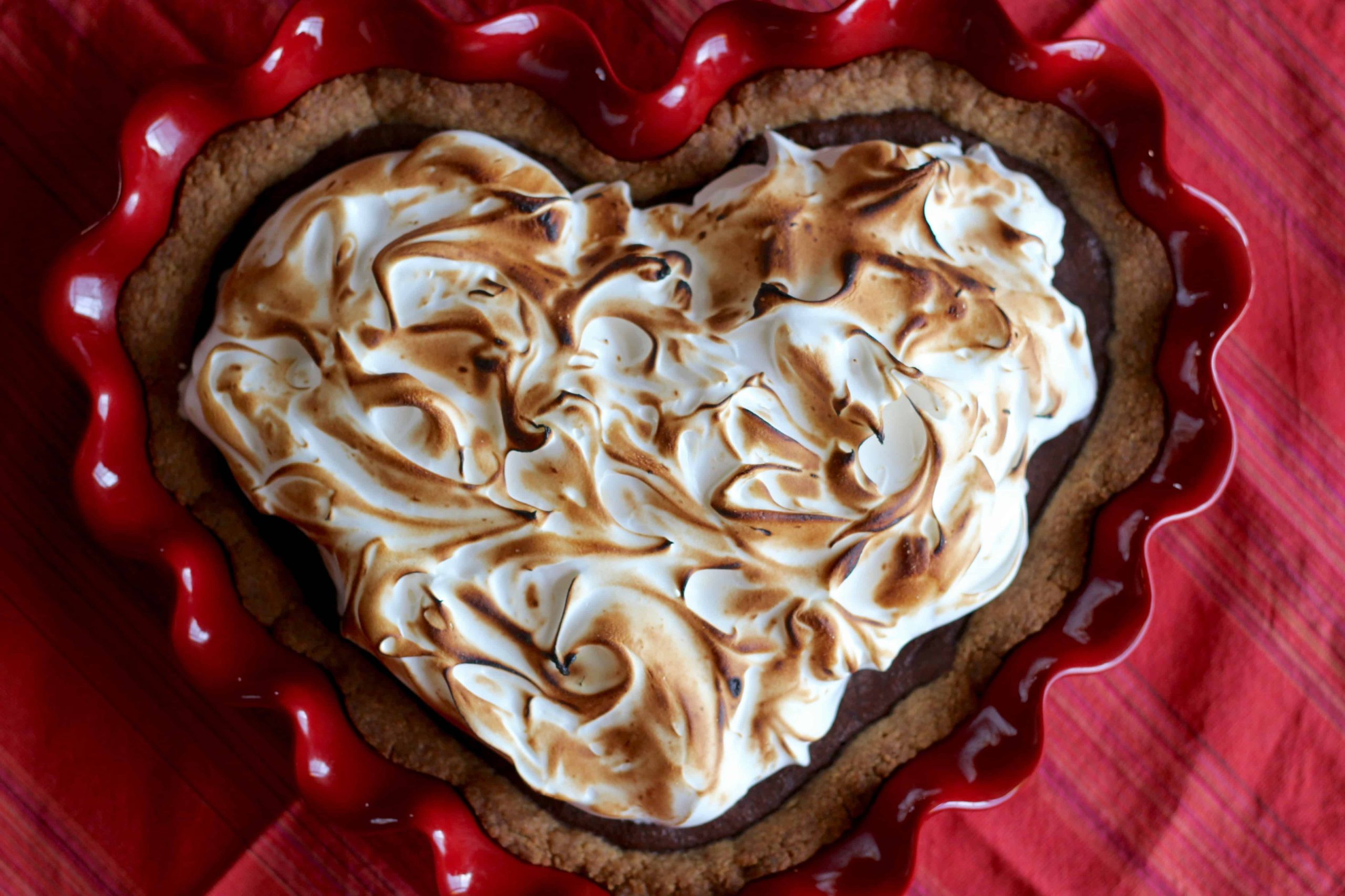
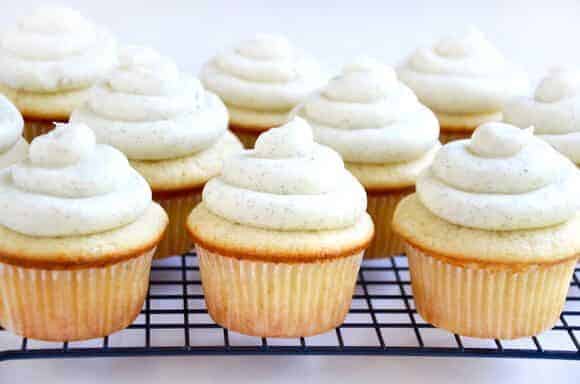
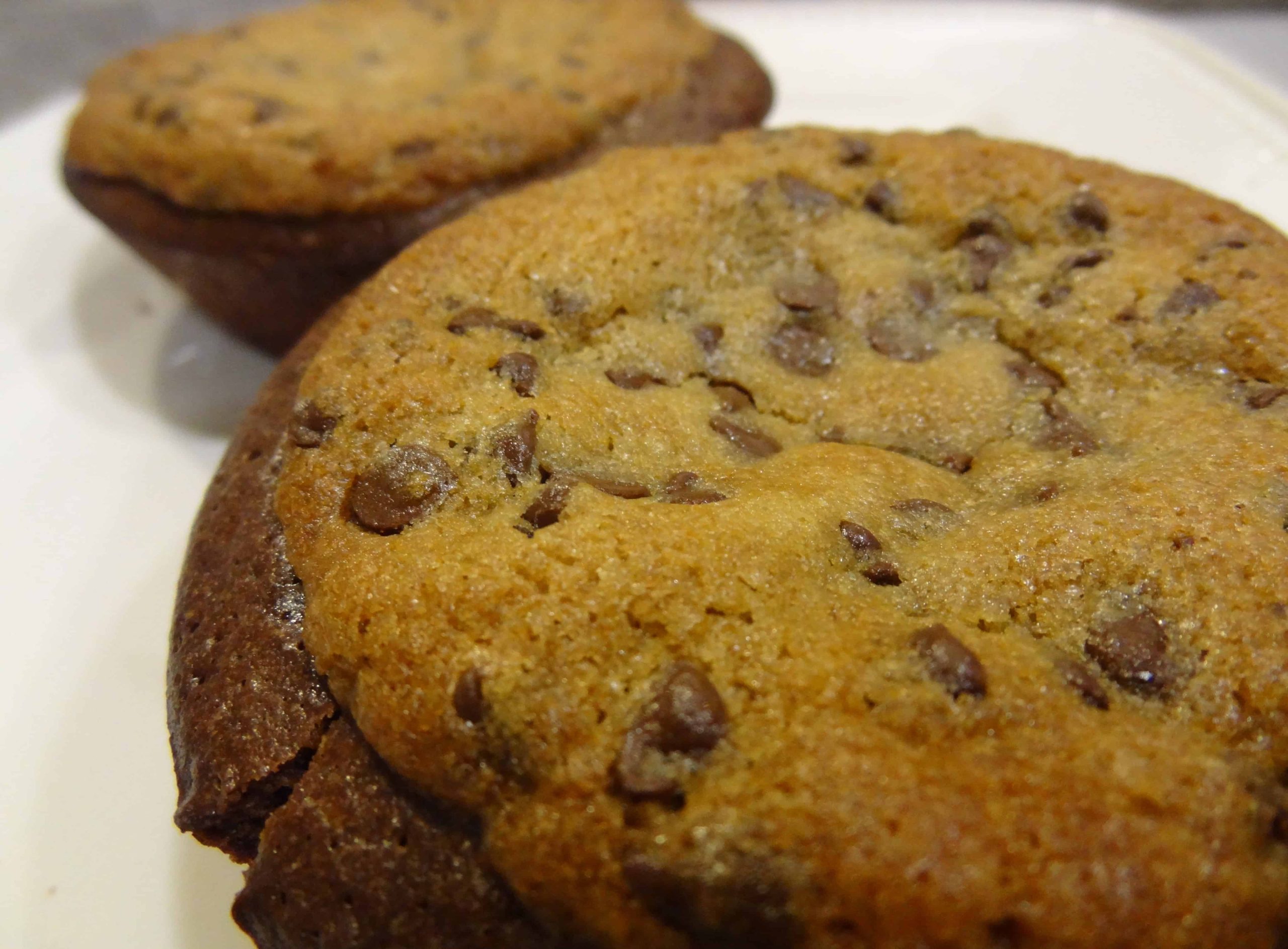
2 Responses